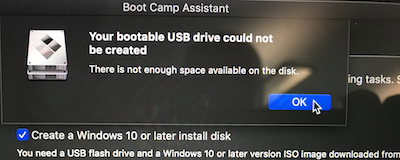
How to Get Windows 10 on a macOS Mojave
There are two main methods to install Windows OS on a Macbook: Boot Camp or virtualization software. Installing Windows via Boot Camp will allow you to have both operating systems, macOS and Windows, side by side on your Mac. Virtualization software, on the other hand, will let you have a virtual Windows setup that you can open inside an app. Most popular apps for that are Parallels Desktop, VMware Fusion and VirtualBox. This article describes advantages and disadvantages of Boot Camp and virtual machines, so that you can decide which method to choose to install Windows if you have macOS Mojave.
Classic Mac Pro (5,1): installing Windows 10, switching between macOS Mojave & Windows without boot screen Published on May 28, 2019 by CrystalIDEA Classic Mac Pro 5,1 (or simply cMP, also 4,1 upgraded to 5,1) is now considered by Apple as vintage. How to create a new Volume on a Mojave Mac. To create a Catalina volume on your Mac, follow these steps. 1) Double-click on Disk Utility in the Utilities folder. 2) Select your Mac hard drive from the sidebar. 3) Click the + button above Volume. 4) Name your new APFS volume and click Add. With the new Volume created, you’re on to installing.
Option 1: Download Windows 10 on a macOS Mojave With BootCamp
Boot Camp comes with your Macbook for free, and it allows you to install Windows alongside macOS, so you can choose which of them to boot on startup. Mac’s Boot Camp Assistant will help you install Windows, partition the startup drive and install necessary drivers.
If you install Windows via Boot Camp, Windows will have all of your Macbook’s resources and can run programs with the maximum possible performance. That’s why dual-booting is ideal for running resource-intensive programs like video-editing software or high-end games.
On the other hand, only one operating system will be able to run at the same time, so you will have to reboot between them depending on which apps you need to run at the moment. Another possible drawback is fact that Windows and macOS use different file systems, and you will not be able to open Mac files on Windows or vice versa unless you install specific third-party drives for it. That is not a problem when using virtual machines.
Option 2: Run Windows 10 on a Macbook Without BootCamp, Using a Virtual Machine
Mojave For Mac Download
Virtual machines allow you to install and open Windows 10 in a window on your Mac desktop. Windows will “think” it’s running on a real computer, when it is running inside an app. With virtual machines you run both macOS and Windows at the same time, which is handy if you want to open a single Windows program alongside your Mac applications. However, when you run a virtual machine, your computer’s resources are split between the two operating systems, so everything may run slower than usual.
Install Windows 10 on a Mac Mojave With Parallels Desktop
Parallels Desktop is very intuitive and easy-to-use for regular computer users. The app will configure everything for you, even download Windows 10 or utilize the one you already downloaded via Boot Camp. You can open Windows in a separate window (including a full screen mode), or you can turn on Coherence mode. In Coherence mode the virtual machine will run in the background, while Windows programs can run alongside your Mac apps. You can even put Windows programs on your macOS desktop or pin them to Dock. Parallels Desktop allows you to copy and paste or drag and drop between Windows and macOS without any problems.
Parallels Desktop prices start at $79.99, however there is a free trial period available.
Get Windows 10 on a Mac Mojave With VMware Fusion
VMware Fusion is another popular virtualization software for Macbooks. It is close to Parallels in terms of functionality and pricing, but VMware’s Fusion supports a larger number of operating systems than Parallels. On the other hand, Parallels is easier for beginners, and runs a little smoother. Otherwise, these two programs are approximately on the same level.
VMware Fusion offers a free trial period to its users, same as Parallels, so you may try both for free and decide which one you like better, before committing.
Install Windows 10 a Mac Via VirtualBox
If you don’t plan to spend extra money on virtualization software, there’s always VirtualBox by Oracle. VirtualBox is a pretty decent free alternative to paid software if not slower, less polished and missing some handy functions. If you need to run some resource intensive Windows programs, VirtualBox might not be the best choice for you. VirtualBox also requires more technical knowledge than, for example, Parallels, as users need to tune some settings themselves when installing it. However, if you are a power user already or don’t mind doing a little more work, and you are not going to run latest Windows games or video-editing software, VirtualBox is a good (and free!) alternative.
Mojave is still one of the most popular macOS desktop operating system in late 2020, which occupies around 20% market share of entire macOS. There are still millions of Macs or Hackintosh running Mojave as its primary OS. However, if the computer was crashed or broken, you have to reinstall macOS Mojave on it to solve the problem.
In this post, we will share a detailed tutorial on how to create a macOS Mojave bootable USB installer. At this time, we will use a Windows PC (Windows 10 laptop) as you are unable to get into the Mac. Honestly, it is much easier to create macOS bootable USB on Mac with createinstallmedia command in Terminal. You can refer to Part 6 of this tutorial if you have a Mac to do this.
Part 1: MacOS Mojave Hardware Requirement
If Your Mac was shipped with Mojave in default, then there is no need to check hardware compatibility at this time. For system downgrade or upgrade, you have to make sure your Mac hardware meet the minimal requirement for installing macOS Mojave.
For Mac:
- MacBook Pro (Mid 2012 or newer)
- MacBook Air (Mid 2012 or newer)
- MacBook (Early 2015 or newer)
- Mac mini (Late 2012 or newer)
- iMac (Late 2012 or newer)
- iMac Pro (2017)
However, if you prepared to install macOS Mojave on a Hackintosh, the requirements are different and much complex. You should do your homework more carefully. Below is an overview requirement.
For Hackintosh:
- CPU: Intel 8th or 9th Generation
- Memory: 4 GB RAM
- Storage: 128 GB SSD or HDD.
- Motherboard: Compabible with CPU (Asus, MSI Preferred)
- Graphics: AMD Radeon Recommended
Part 2: Download macOS Mojave DMG File
macOS Mojave has two types of installation format. One is via Install Mojave App where you can directly download from Mac App Store. This option is not available on Mac with a new version of macOS that is newer than Mojave.
The other installation media is via Mojave dmg file, which contacts all the files and boot information for installing macOS Mojave in a compressed structure. However, you need to burn dmg to USB first before it is used as a bootable media. Now, you can download macOS Mojave DMG file the following resources:
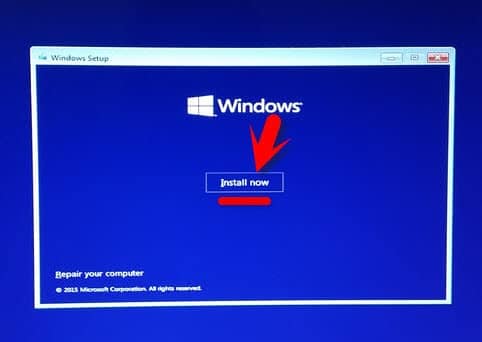
Download Link 1: https://archive.org/download/macOS_Mojave.dmg
Download Link 2: https://sundryfiles.com/9tz
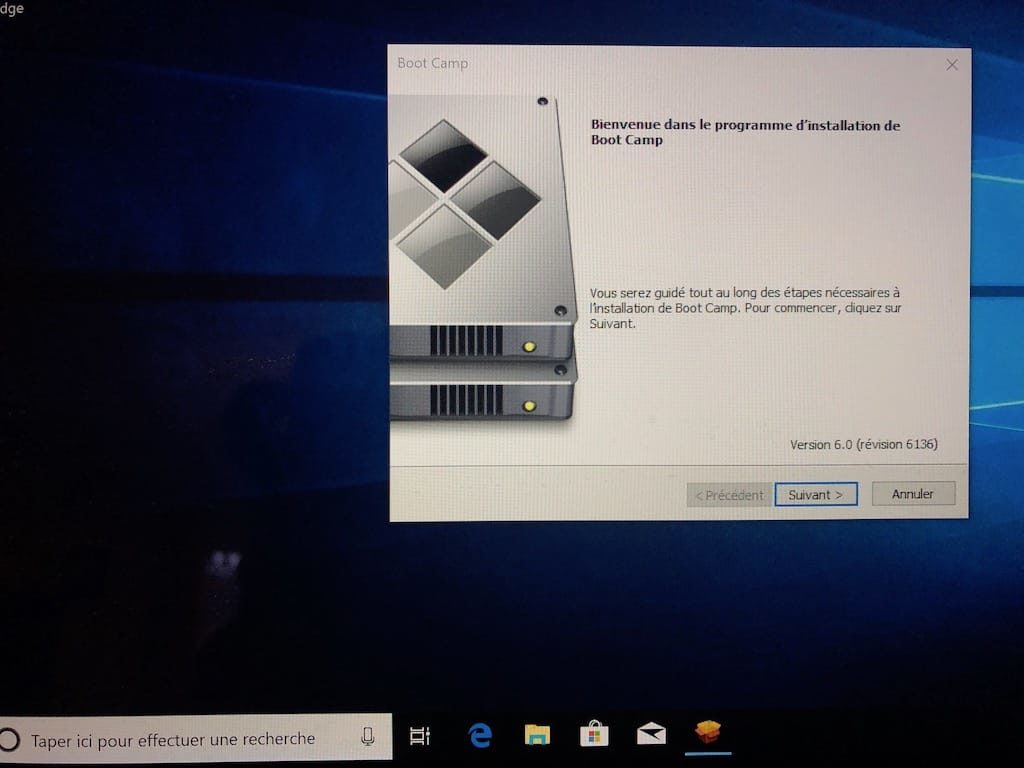
Part 3: Create macOS Mojave Bootable USB Installer on Windows 10 PC
You have completed the preparation process in above steps and it is time to create a bootable Mojave USB installer from the download dmg file. Unfortunately, the USB would be bootable if just simply copying the dmg file to USB drive without additional actions because the booting code is not written to USB via file copy. Instead, you should use third-party software to help you create a macOS Mojave USB drive from DMG file.
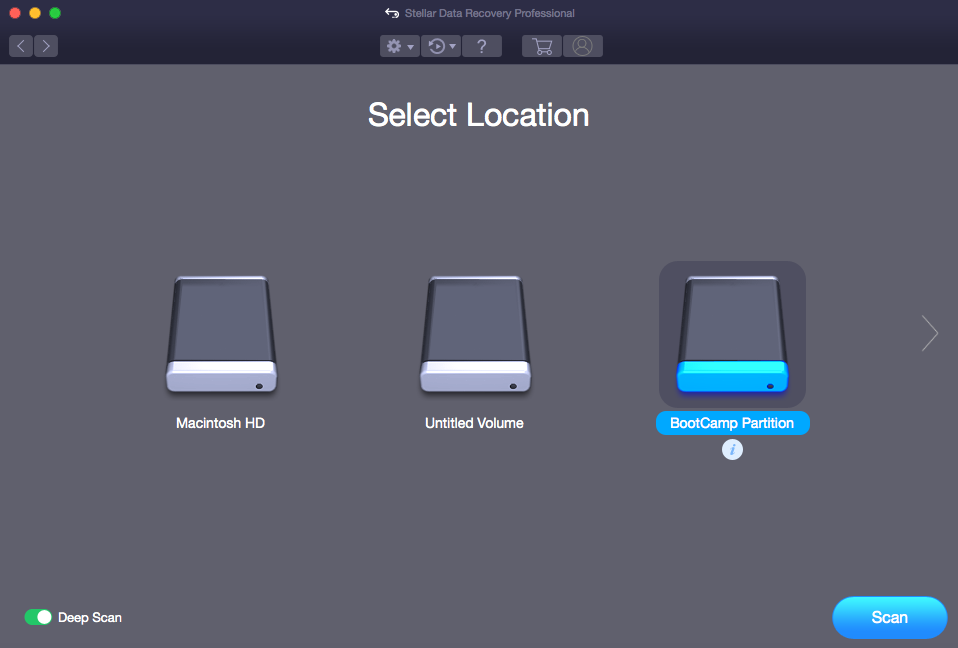
UUByte DMG Editor is such a tool for burning dmg file to USB drive. It will copy all installation files and write boot information to USB drive as well. After burning, the USB is bootable and can be used as a media to install macOS. The following is the details for creating macOS Mojave bootable USB drive.
Step 1: Click the Download button and save the .exe file on your Windows PC; then double click it to start the installation process.
Step 2: Insert a USB drive into the PC and open DMG Editor software from desktop shortcut. Now, click Next button at the right side of Burn module.
Step 3: Now, you need to import the downloaded Mojave dmg file into the program and choose the USB drive name from drop-down menu.
Step 4: When the preparation is done, click Burn button to start burning macOS Mojave dmg file to target USB device. You have to wait for 5-10 minutes for this.
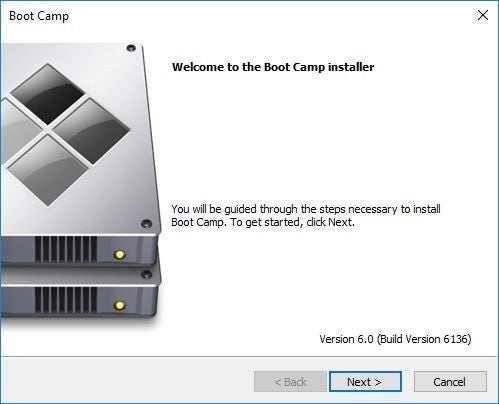
This is one of most reliable ways to create macOS Mojave bootable USB drive on a Windows PC. You can use DMG Editor on latest Windows 10 as well as Windows 8/7/XP.
Part 4: Install macOS Mojave from USB Drive on Mac
After creating macOS Mojave bootable USB drive, it is the right time to install Mojave on your Mac. If possible, make sure taking a backup of important data on your Mac. The installation process will format the drive and this will delete all your personal data and apps from Mac.
To get started, please connect the USB drive to Mac and power on the computer. Keep pressing the Option key and you see the Startup Manager in a few seconds. Click on the USB drive name with your mouse to enter into installation page. Next, select the internal drive and finally click Continue button to begin the installation process.
Download Mojave For Mac Free
Note: For installation on a Hackintosh, you need additional tool to configure the boot loader, such as OpenCore or Clover. After that, plug the USB into Hackintosh and set USB as the first boot device in BIOS. By doing this, you will manage to get into Mojave install wizard.
Part 5: Possible Issue and Fix
According to our research, there might be a few issues during this process, which were reported by online users. Below is a list of most common issues you may come across. Please don't be scared as we also share possible fix to help you out!
USB Not Showing up in Startup Manager: If the USB drive burned with DMG Editor did not show up in Startup Manager, it means the burning process failed. The most possible reason is that the dmg file was corrupted, you need to download it from another source and burn it again.
No available drive for installation. Mojave is built with APFS but the old Macs come with HFS or HFS+. You have to boot into macOS Recovery mode and format the drive to APFS with Disk Utility app.
It could be more issues with Hackintosh and we don't have less epxerience on this topic. Please go to Hackintosh blog or forum for more accurate solutions.
Conclusion
Install Mojave Download
The above are the necessary steps intended to create a macOS Mojave bootable USB on a Windows 10 PC. Please read them carefully, especially the hardware requirement section. You won't be able to install Mojave on a Mac that does not meet its technical specification. You can also send us email if you have issue not being solved by your own.